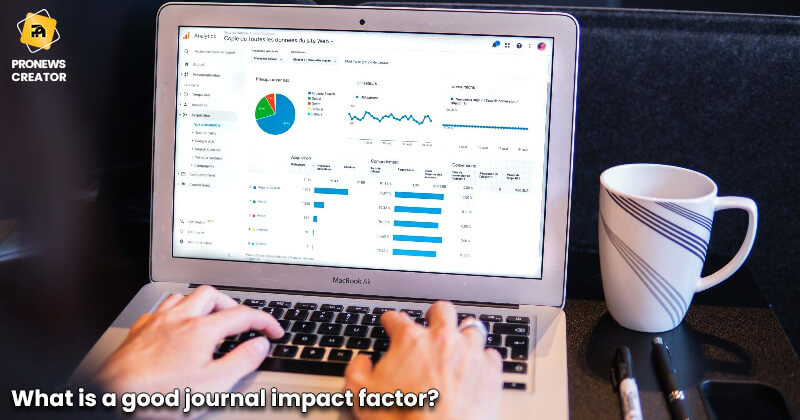Environmental Health is a journal of public health.
It aids the public health community and scientists operating on environmental issues of public health relevance and concern.
ENVIRONMENTAL HEALTH’s most recent impact factor calculated in 2023 is 7.123.
The impact factor (IF) is the extent of the frequency of an average article in a journal cited in a given year.
It can assess a journal’s importance or rank by counting the times its articles are cited.
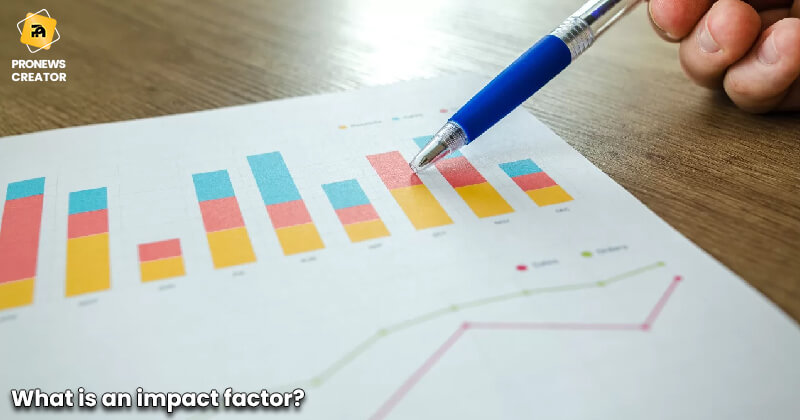
How is the impact factor calculated?
A journal’s impact factor is computed by dividing the number of current-year citations by the number of source items printed in that journal in the last two years.
The impact factor might help you understand the importance of absolute (or total) citation frequencies.
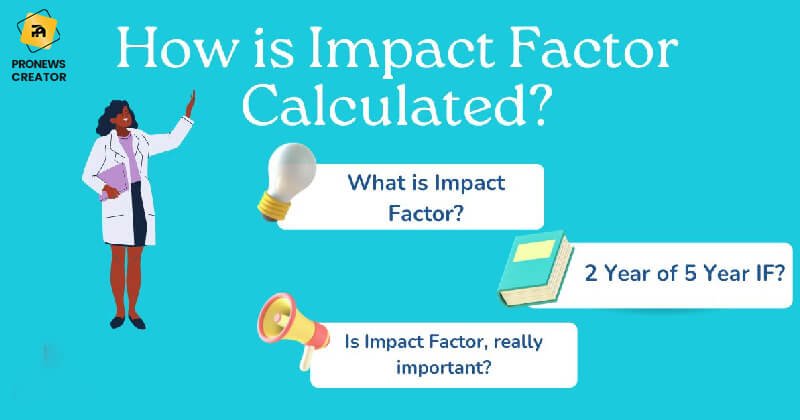
Is the journal impact factor important?
People use impact factors to assess a journal’s relative importance within its area and to calculate the frequency with which the “average article” in a journal has been cited in a given period.
The journal with the highest IFs is the one that publishes the most review articles.

What are the three most significant environmental effects?
The list of environmental challenges is long, but three big ones touch the vast majority:
| 1. | Global warming and climate change |
| 2. | Water pollution |
| 3. | Ocean acidification and biodiversity loss |
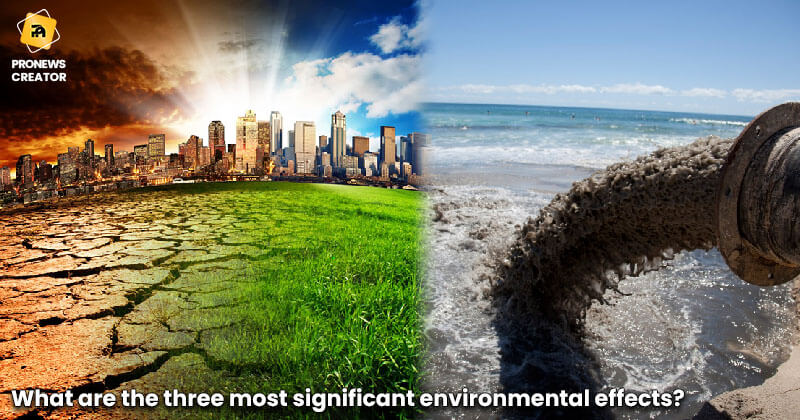
2. The top ten Environmental Issues
The following are the top ten environmental issues:
Water, biodiversity, and land use are all considerations.
| Water | Land Use and Biodiversity |
| Toxins, chemicals, and heavy metals | Pollution of the air |
| Waste Control | Depletion of the Ozone Layer |
| Oceans and fishing | Deforestation |
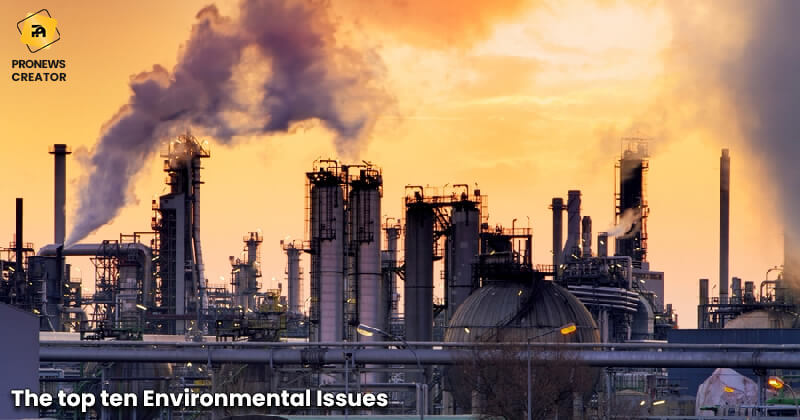
The journals indexed in SCIE/SSCI
The journals indexed in SCIE/SSCI have an impact factor, according to Clarivate’s JCR.
The ISSN (International Standard Serial Number) is an 8-digit identifier to distinguish journals. ISSN numbers are assigned by a network of ISSN National Centres, often housed in national libraries, and are overseen by the ISSN International Centre in Paris.
The International Centre is an intergovernmental association founded in 1974 by UNESCO and the French government.
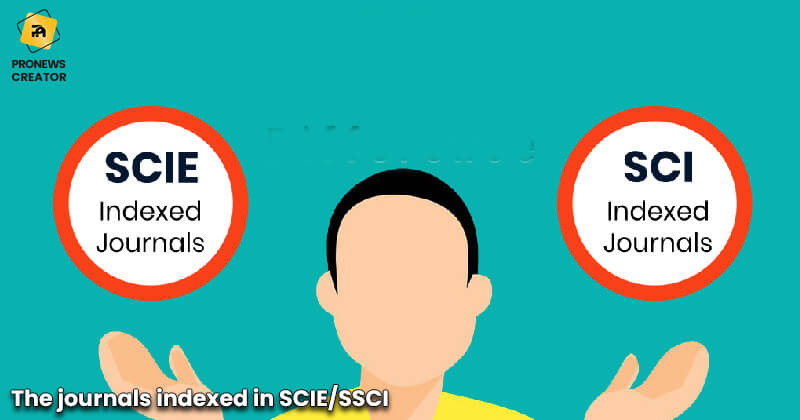
The aim of the Environmental Health journal
Environmental Health Perspectives is to publish original research contributions in Medicinal Chemistry, Environmental Chemistry, General Environmental Sciences, and Health Care and Policy.
The publication has aimed at academics, practitioners, and scientists interested in academic research topics.
This journal’s primary study themes are environmental health, environmental exposure, internal medicine, endocrinology, and toxicology.
Environmental Health Perspectives publication approach is to publish original contributions vetted by qualified academic professionals.
The journal welcomes papers from the scientific community, emphasis on the novelty and practical significance of the published findings.
The journal is there for scientists and practitioners in all areas of environmental research that influence human health and well-being, either directly or indirectly, to enhance the prevention of environmental-related dangers to human health.
Environmental Health is a public health publication that benefits the general health community and scientists that work on environmental issues of public health interest and concern.
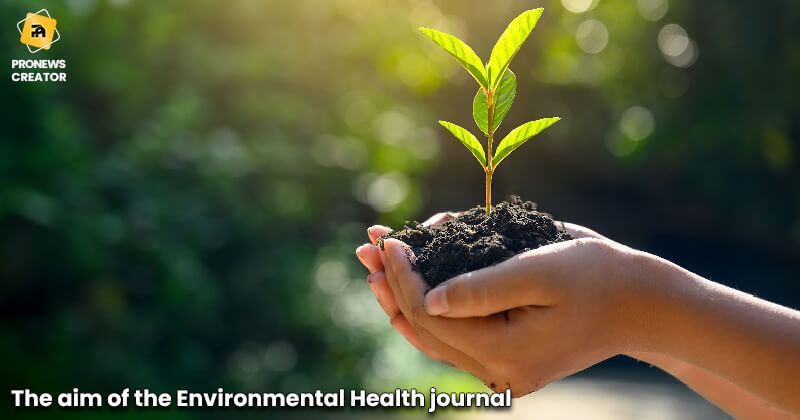
What is the procedure for publishing in ENVIRONMENTAL HEALTH?
This journal focuses on environmental health, public health, environmental medicine, and occupational medicine.
If your research has a link to environmental health, public health, environmental medicine, or occupational medicine, go to the ENVIRONMENTAL HEALTH official website and present your manuscript.
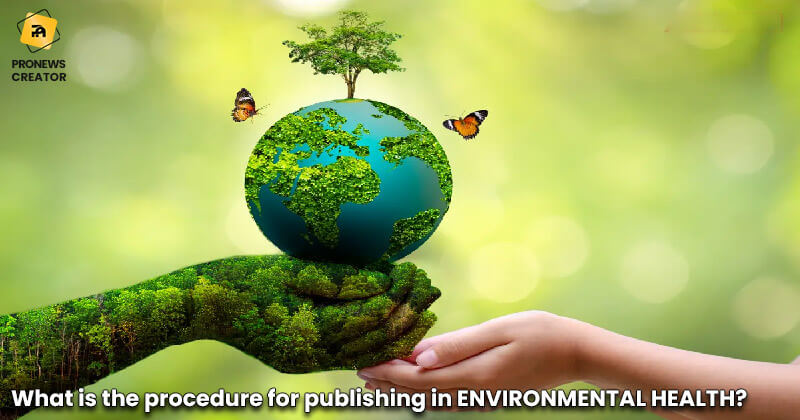
About Environmental justice
Environmental justice is the equitable treatment and significant participation of all people in environmental laws, regulations, and environmental health threats.
Environmental Health is looking for papers in this field to be in a cross-journal collection.
Tips for printing in ENVIRONMENTAL HEALTH:
| A sampling of research issue | Providing a solution |
| Creating the paper’s design | Make your manuscript publishable |
| Create a results section | Keep your references in mind |

International Journal of Hygiene and Environmental Health
The International Journal of Hygiene and Environmental Health is a multidisciplinary venue for original reports on exposure assessment, human reactions to and repercussions of biological, chemical, and physical environmental exposure.
Before being accepted for publication, full-length articles, review articles, brief communications, commentaries, letters to the editor, and viewpoints will be peer-reviewed.
Articles covering epidemiological elements of environmental toxicology, health risk assessments, vulnerable (sub)populations, sanitation and clean water, human biomonitoring, medicine, and public health aspects of exposure-related outcomes will have priority.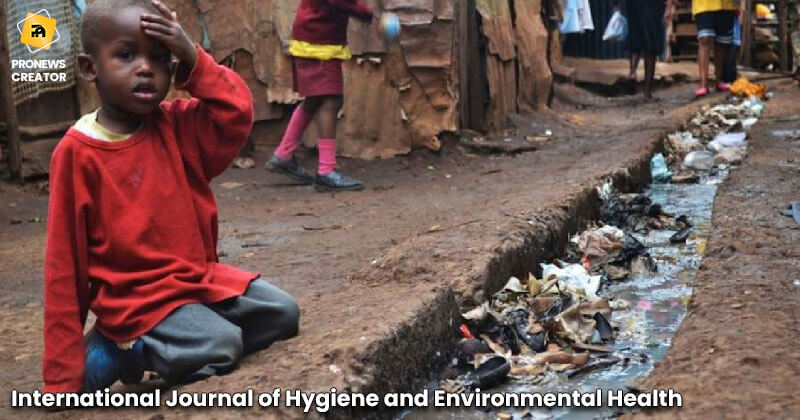
FAQs
What is the 2023 Nature Impact Factor?
The Impact IF of Nature for the 2022-2023 Journal is 69.504, revised in 2023.

What is the theme of the environment for 2023?
The campaign #BeatPlasticPollution will focus on solutions to plastic pollution for World Environment Day on June 5, 2023. Plastic is taking over the globe. Every year, more than 400 million tonnes of plastic are produced, half of which is to be utilized just once.

What role will environmental health perspectives have in 2023?
The Impact IF of Environmental Health Perspectives in 2022-2023 is 11.035, revised in 2023.

What is a good journal impact factor?
In most domains, an impact factor of 10 or higher is considered excellent, 3 is considered good, and the average score is less than 1.
